As fall settles in, Texans start enjoying cooler weather, pumpkin patches, and the beautiful change in scenery. But while we welcome the season, so do many critters that are more active during this time of year. With trees dropping nuts, acorns, and leaves, San Antonio’s wildlife has extra reasons to get close to homes and find a cozy shelter for the cooler months ahead. Unfortunately, one of the first places these critters target is often your roof. Knowing the risks they pose and how to handle them can help keep your home protected and critter-free.
Why Critters Target Roofs in the Fall
In Texas, raccoons, squirrels, rats, and opossums like to find warm, secure spaces for the fall and winter. Roofs and attics can be ideal for them, providing both shelter from predators and insulation from cooler weather. As a homeowner, it’s essential to understand that roof damage from critters can happen quickly and can go unnoticed until serious roof damage has occurred.
Common Types of Roof Damage Caused by Critters
1. Chewing and Gnawing on Roof Materials
Rodents, especially rats and squirrels, have constantly growing teeth. To keep them in check, they gnaw on a range of materials, including wood, shingles, and the roof decking Your roof’s soffit or fascia are not safe from the possible damage either. Over time, this chewing can create holes or weakened areas in your roof, allowing moisture to enter and potentially causing leaks. What might be even more concerning is that this chewing and lifting of roofing materials can create an opening for them to enter your San Antonio home and get cozy.
2. Entry Holes in Roof and Attic
Many critters will find or make small gaps in roofing materials, especially in areas where vents, chimneys, or pipes meet the roof. For example, loose or damaged shingles are like open invitations to these critters. They can easily pull up loose shingles, and their sharp teeth can help them create openings into your home. Once they find a way in, they often settle into your attic, making it their new home. Once they gain entry, they often begin creating nests, causing insulation damage, and leaving behind droppings.

3. Damage to Roof Insulation
Raccoons, rodents, and squirrels often see insulation as an ideal nesting material. When critters dig into insulation to create nests, they reduce the effectiveness of this material, potentially leading to increased energy bills as your HVAC system works harder to maintain a stable temperature. Furthermore, certain critters like birds and squirrels will often bring extra materials, like branches, leaves, and dirt, to create nests on or around the roof. Over time, these nesting materials can increase roof load and moisture build-up, weakening parts of the roof.
4. Blocked Gutters and Drains
Falling leaves, acorns, and other debris are already working against you as they block gutters during autumn, and additionally, birds or squirrels might add twigs or nesting materials to these blockages. Over time, these materials can clog gutters and downspouts, causing improper drainage, potentially leading to roof rot and water damage. The reason being that when water can’t drain correctly, it often seeps under roofing materials, leading to leaks and even mold.
How to Prevent Critter Damage
To protect your roof from critters, especially in the fall, regular maintenance is essential. Here’s a look at some proactive steps to keep unwanted guests away:
1. Trim Overhanging Branches
Trees close to your roof are like a ladder for critters. Trim any branches that come within six to eight feet of your roof. This makes it harder for critters to jump onto your roof and search for entry points.
2. Install Gutter Guards
Gutter guards can help prevent debris from clogging your gutters. This step keeps water flowing properly and makes it less attractive for critters looking to nest in debris piles.
3. Seal Entry Points
Check your roof and attic for any gaps or openings around vents, pipes, and chimneys. Use metal mesh or other durable materials to seal these areas and prevent critters from entering.
4. Use Critter-Repellent Sprays
Certain sprays, like those containing peppermint oil, can help deter animals from hanging around your roof. While not foolproof, it’s an additional line of defense worth trying, especially in areas you know animals frequent.
5. Schedule Regular Roof Inspections
Preventive maintenance is key. By scheduling a roof inspection in the fall, you can catch any damage or vulnerabilities before they turn into larger issues. At Stephens Roofing, we’re familiar with critter activity in the San Antonio and Hill Country area and can help you identify and address potential problem areas.
What to Do if Critters Have Already Caused Roof Damage
If you suspect that critters have already made their way into your roof or attic, taking swift action is important. First, contact a local, reputable pest control company or licensed wildlife removal specialist to remove the animals safely. Once your home and attic are critter free, reach out to a roofing professional to assess the damage and perform necessary repairs. It is always best to leave it to the professionals and delaying repairs could lead to more costly issues down the road, including leaks, mold growth, or structural damage.
Why It’s Important to Act Now
Fall is prime time for critter activity, especially as temperatures drop and animals seek warmth and shelter. Taking preventive measures now can protect your roof and keep your home safe through the season and beyond. An intact roof not only guards against wildlife but also improves your home’s energy efficiency and overall protection.
If you’re ready to prepare your roof for the fall or suspect critter damage, Stephens Roofing & Remodeling can help. We have extensive experience serving San Antonio and the surrounding areas and can provide both inspections and repairs to keep your roof in top shape. Contact us today for peace of mind as the critter season kicks off!
Photo Sources: Credit to the Creators
“Gutter squirrel” by ☺ Lee J Haywood is licensed under CC BY-SA 2.0.
“Raccoon exhibit” by Loozrboy is licensed under CC BY-SA 2.0.
“Raccoon Roof Damage” by jaredhouliston is marked with CC0 1.0.



